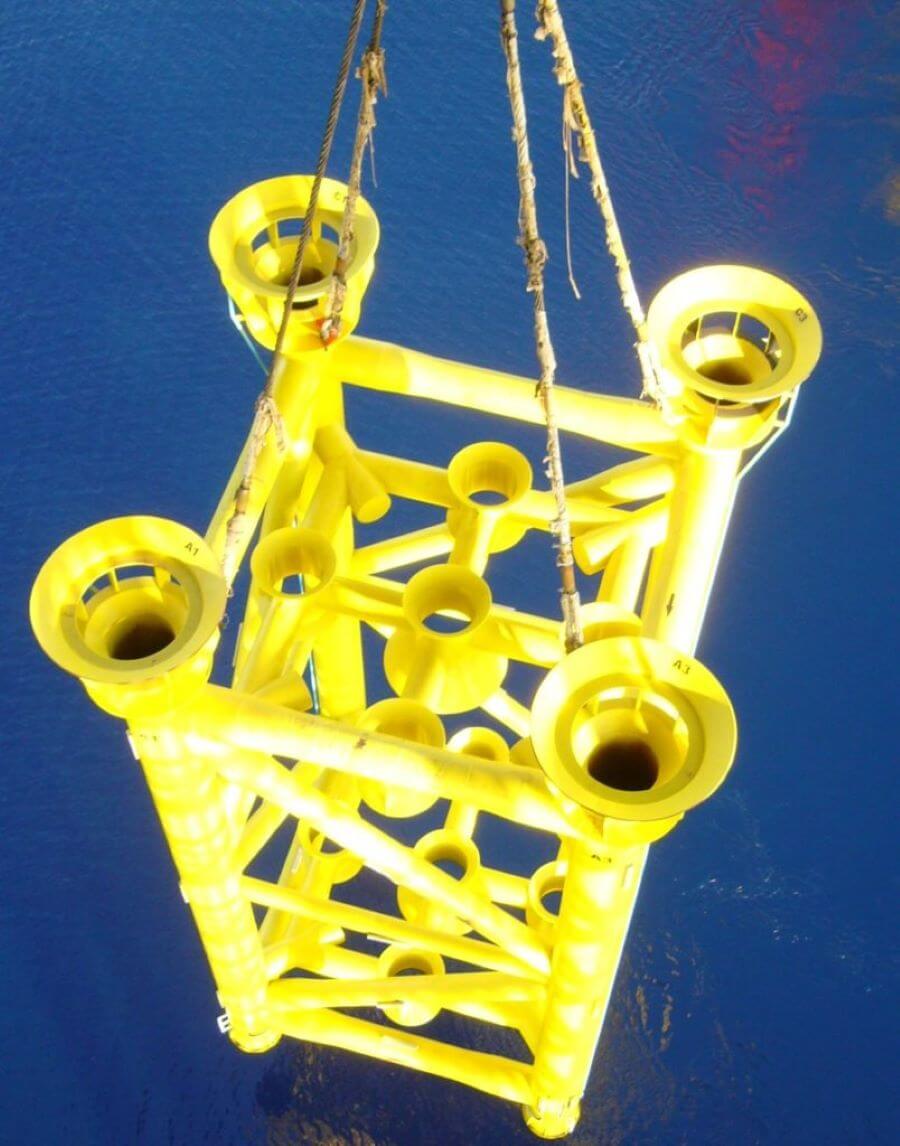Gas demand is on the rise. In 2018, global demand grew by nearly five per cent, driven largely by Asia. This growth is set to continue for the next five years and more according to the IEA. In China alone demand for gas increased by almost 18 per cent, as Beijing pursues its goal of improving local air quality and cutting pollution.
The fact that China’s gas demand is in part driven by environmental concerns is indicative of a much broader trend. Government commitments to carbon reduction and greater public awareness are contributing to this growing demand – whether it is for residential use (a key part of China’s strategy), power generation, or to meet industrial demand for electricity and chemical feedstocks. Offshore drilling platforms will be key to deliver the gas needed to meet this growing demand.
The gas market in South East Asia, and elsewhere, is expanding because it can: previous challenges surrounding transportation and logistics, have found some solutions. LNG plants make transportation easier– fundamentally changing the economics. Although not yet mainstream, compression technology offers another potential solution. But could offshore drilling platform design unleash the gas market’s full potential?
THE VALUE OF PROXIMITY IN OFFSHORE DRILLING PLATFORMS
However, it is still costly and complex to develop new gas fields. Thailand’s thriving onshore and near-shore gas production is driven by onshore power generation, where it fuels 65 per cent of the electricity generation, which remains easier to distribute than gas. This makes intelligent offshore drilling platform structures key to a design’s success and the market’s evolution.
Unless producers are sitting very close to existing infrastructure in the form of offshore drilling platforms and existing pipelines, the route to first gas is longer than first oil – transporting oil in a barrel is far easier than LNG, compression or developing pipelines, but some technology can make field development quicker.
